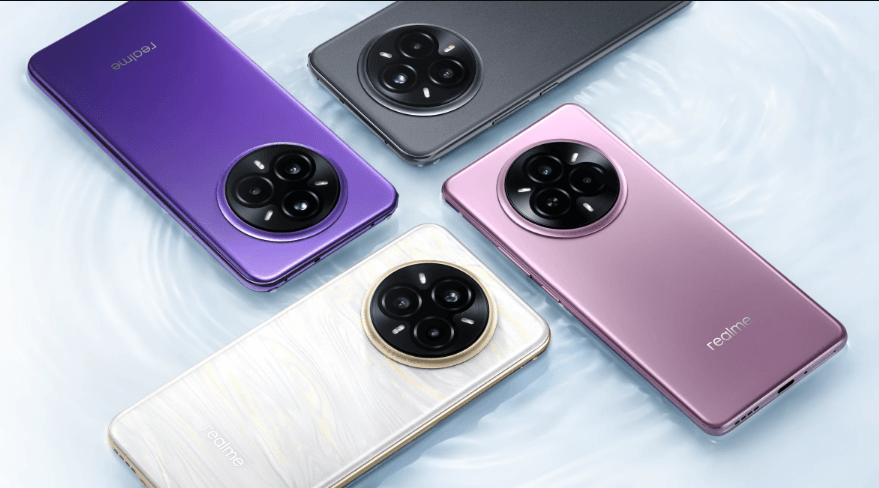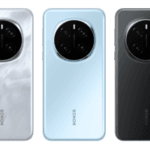Realme 14 Pro Introduction
About a month after unveiling the budget-centric Realme 14X 5G (review) for India, Realme has moved on to its flagship “Pro” series. Just like before, the new family consists of two models, the more expensive feature-rich Realme 14 Pro+ and the toned-down version — the Realme 14 Pro.
I have been using the latter for the past few days, and I can say with some confidence that the Realme 14 Pro is among the most premium-looking Realme smartphones so far. It has some flagship-like features too: IP69 certification for better durability and massive 6,000mAh battery with moderately fast charging support. What is strange though, is that Realme has done away with the ultra-wide camera, which is something that nearly all of the competition has at this price. Maybe not all is as it seems with the Realme 14 Pro? Let’s dive in.
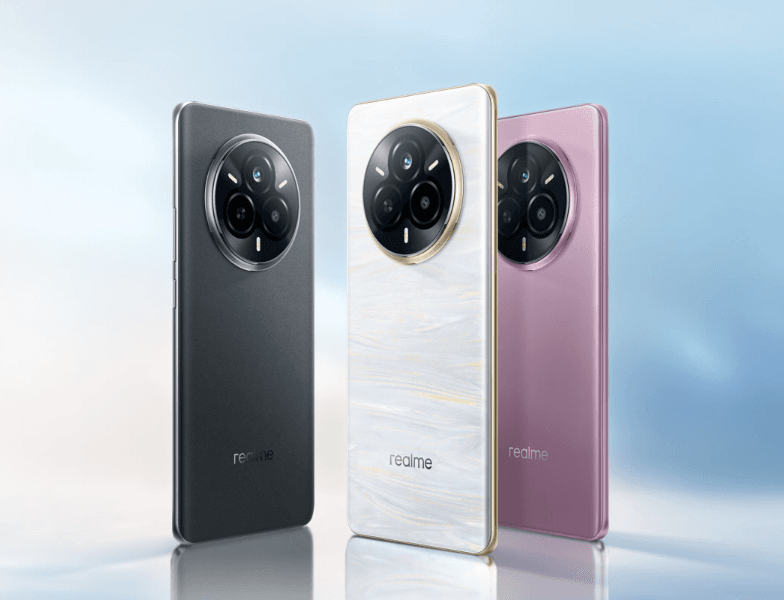
On Friday (January 17), Realme unveiled the recently launched Realme 14 Pro series in Bengaluru. I spent some time with the latest high-end Android phones. My first impressions of the Realme 14 Pro series.
Verdict
If looks, durability, performance and battery matter to you, the Realme 14 Pro certainly won’t disappoint. The custom UI itself has some fun features getting baked into it, and Android 15 brings “Circle to Search” within the sub-Rs 30K segment. The smartphone also provides a competent 50MP primary camera but does away with the ultra-wide shooter, which is disconcerting in this range.
Realme 14 Pro Processor
- Dimensity 7300 Energy
- CPU:4nm Process, Octa-core, Up to 2.5Ghz
- GPU:Mali-G615 GPU
The Realme 14 Pro is powered by MediaTek’s Dimensity 7300 SoC, which can also be found in a number of smartphones from a price perspective, ranging from budget options like Nothing CMF Phone 1 (review) to camera and AI-centric options like the OPPO Reno12 Pro (review). It has 128GB of UFS 3.1 storage (Rs 24,999) as the base variant, and 256GB storage for the top model (Rs 26,999). Both variants come with 8GB LPDDR4X RAM.
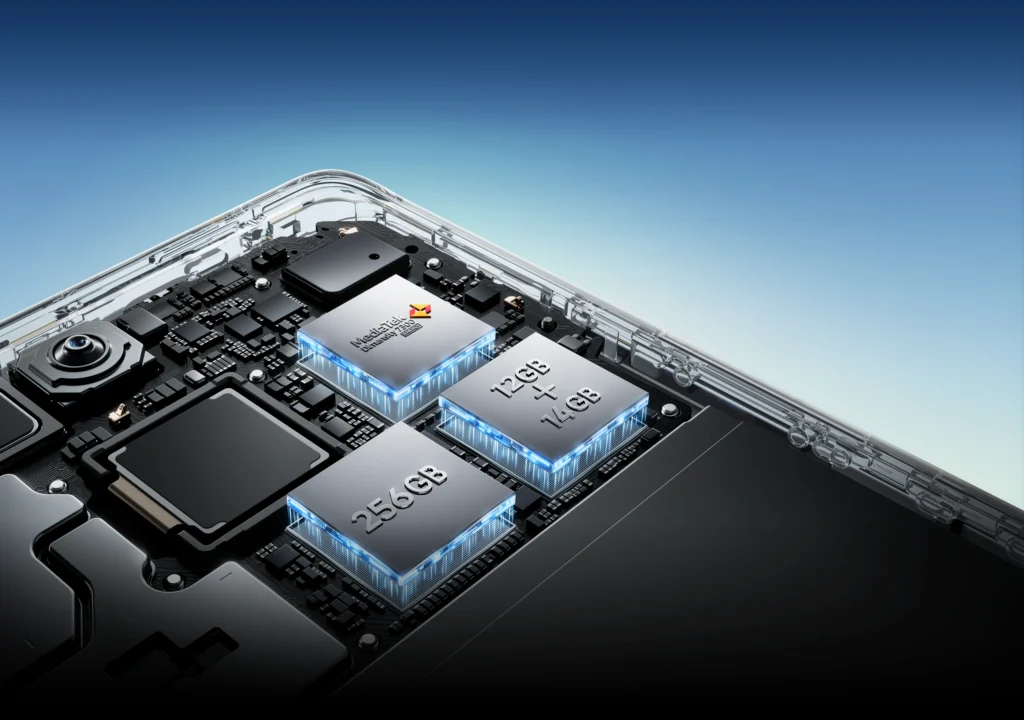
As for performance, the Dimensity 7300 SoC isn’t really a powerhouse, at least from benchmark perspective, but it does have enough juice for daily productivity task like web browsing, multi-media consumption and social media. The 120Hz refresh rate does help, as scrolling was smooth, and I did not notice major stutters or lags.
It comes with Android 15-based Realme UI 6 out of the box, bringing new “anti-theft” features and Google’s Circle to Search. The former has manageable options like “verify for power-off” and “location and network” settings, useful for feature like tracking the phone’s location in case the phone is stolen.
I found existing AI-backed features much more useful in my usage, including AI Clear Voice, (inspired from Apple’s noise isolation feature to cut background noises during phone calls) and AI gestures. However, the realme UI still needs some improvement over the UI to reduce the bloatware.

Operating System updates (Android + security) Smartphones Pre-installed apps
| Smartphones | Pre-installed apps | OS updates (Android + security) |
| Realme 14 Pro | 64 | 2 years + 3 years |
| OnePlus Nord 4 | 48 | 4 years + 6 years |
| POCO X7 Pro | 64 | 3 years + 4 years |
Memory & Storage
- RAM:8GB/12GB
- ROM:128G/256GB
- Up to 12GB + 14GB Dynamic RAM
Realme 14 Pro Display
This makes it one of the slimmest and lightest 6,000mAh-equipped smartphones overall. That makes it way more portable compared to the Realme 13 Pro before it, which measured 8.23mm (thickness) and in a weight of 188 grams.
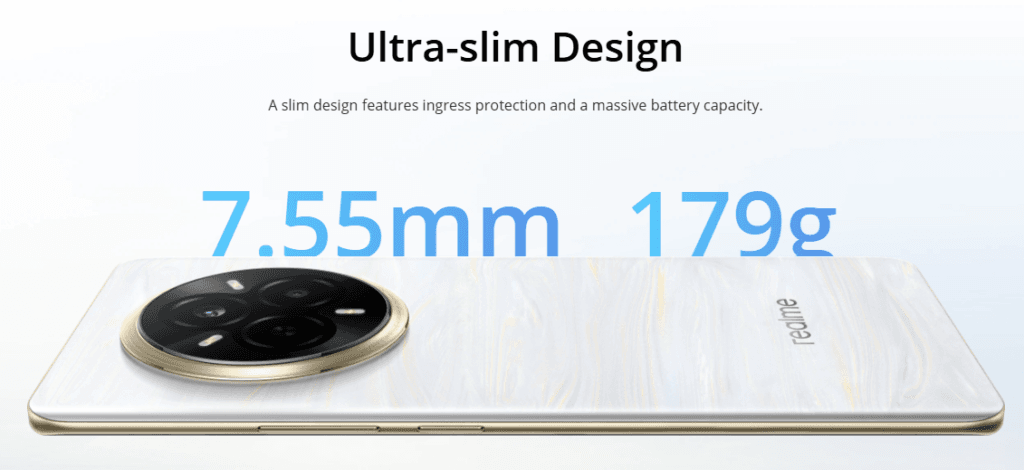
- Size: 17.20cm
- Main screen material: OLED
- Screen ratio: 93.7%
- Resolution: 2392×1080 (FHD+)
- Contrast: 5000000:1
- Color display: 1.07 billion colors
- Color gamut: 100% DCI-P3 color gamut
- Refresh rate: up to 120Hz
- Touch sampling rate: 240Hz
- Brightness: typical brightness 800nits, global maximum 1400nits, local peak brightness 4500nits
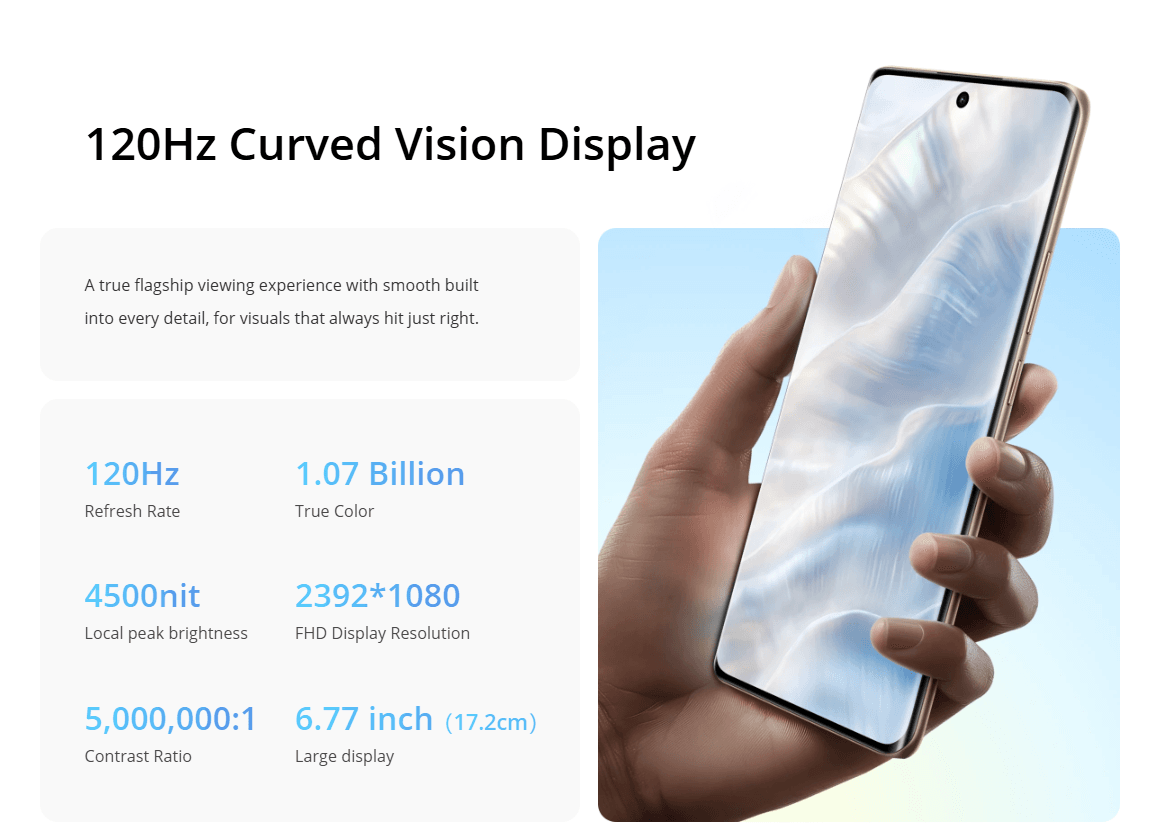
But few things remain the same, such as the curved display, and the huge circular camera module on the back. The camera module is now slicker looking and it doesn’t bubble up too much, although there’s a small wiggle when placed on a flat surface. That said, the protrusion doesn’t really bother me all that much during my review, and the device feels surprisingly ergonomic and comfortable even given its height.
| Smartphone | Realme 14 Pro | OnePlus Nord 4 | POCO X7 Pro |
| Thickness | 7.5mm | 8mm | 8.45mm |
| Weight | 179 grams | 199 grams | 203.5 grams |
| IP rating | IP66 + IP68 + IP69 | IP65 | IP66 + IP68 + IP69 |
As I pointed out, the Realme 14 Pro was one of the best-looking Realme smartphones so far, especially its Jaipur Pink edition. It has an all-plastic construction, but this finish keeps a sophisticated and elegant look that I am quite sure customers appreciate. It’s also one of the least flashy Realme phones I’ve seen in ages. The tidy design also carries over to the Suede Grey version, which weighs the same. If you opt for the Pearl White colourshift, the thickness stays the same, but the weight creeps up to 181.5g.

One of the most striking design features of the S21 series is its class leading durability, as the devices have IP66, IP68 and IP69 ratings for resistance to dust and water. The company claims that the Realme 14 Pro features “military-level shock resistance certification,” but there are no further details about that. In my testing, I dropped the smartphone a couple of times by mistake and it didn’t even dent. Display durability on the Realme Note 5 Pro has also been beefed with Corning’s high-end Gorilla Glass 7i protection.
On the front side, the Realme 14 Pro also comes with the same 6.77-inch curved display but boasts higher brightness. The end result is a superb viewing experience on the smartphone, easily capable of putting any flagship to shame. The display is claimed to have full HD+ resolution (2,392 x 1,080 pixels), 120 Hz refresh rate, 100 percent DCI-P3 colour gamut, and 3,840Hz PWM with DC dimming.
| Smartphone | Display size | Peak brightness |
| Realme 14 Pro | 6.77-inch AMOLED | 4,000 nits |
| OnePlus Nord 4 | 6.74-inch AMOLED | 2,150 nits |
| POCO X7 Pro | 6.67-inch AMOLED | 3,200 nits |
The stereo speaker setup can be improved upon since the output is loud, but the balance is off. The speakers’ bass also could have been punchier.
Realme 14 Pro Charging & Battery
- 45W SUPERVOOC Charge
- 6000mAh (typ) Massive Battery
- 5860mAh (min) Battery Capacity
- Includes a 45W Charging Adapter
- USB Type-C Port
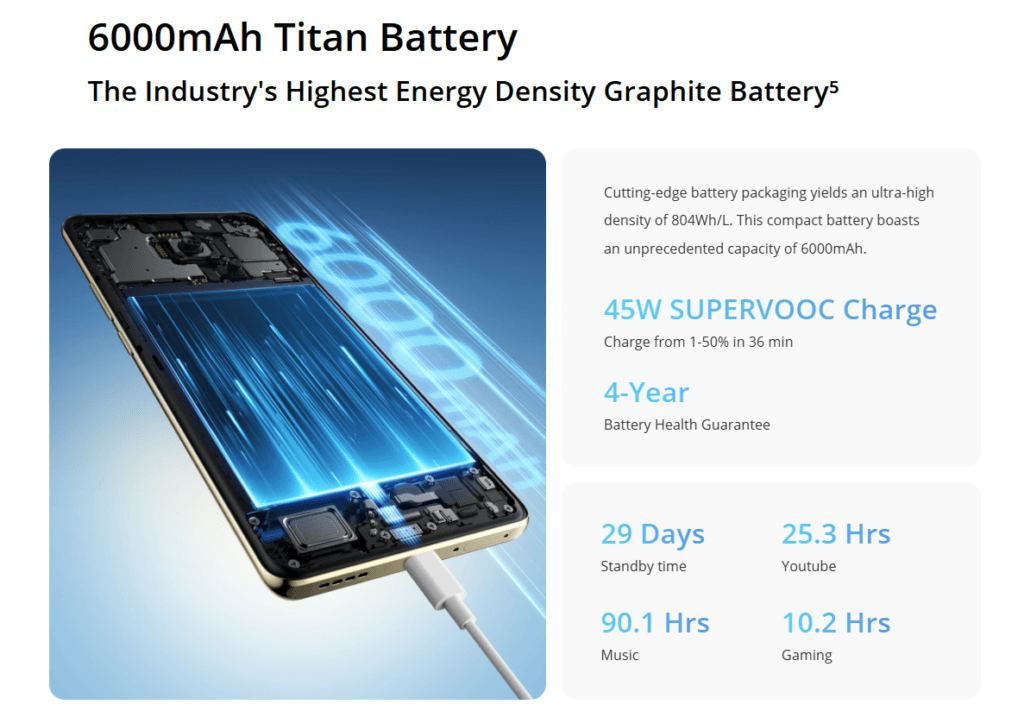
As already pointed out, the highlight here is the new 6,000mAh battery with 45W charging. They have also packaged the charger in-the-box, which the buyers will most likely love about it.
In our synthetic benchmark PCMark and real-life tests, the Realme 14 Pro performed impressively. I had no trouble getting more than a day’s backup on a full charge at high settings. With moderate use, the phone can even offer up to two days of backup. It can be tweaked further in the gaming mode: the battery drained 19 percent in our 90-minute test during which we played BMGI, COD Mobile, and Real Racing 3. POCO X7 Pro was overall better as it drained 17 percent battery at the end of the round.
Read Also : Honor Magic 7 Pro review
As for charging speed, decent enough if not quite the best in segment. Realme 14 Pro bamboo energy essentially use single-cell, 6,000mAh capacity battery, 20 to 100% charge time is almost 1 hour.
| Smartphones | Battery | Charging time |
| Realme 14 Pro (45W) | 6,000mAh | 57 minutes |
| OnePlus Nord 4 (100W) | 5,500mAh | 23 minutes |
| POCO X7 Pro (90W) | 6,550mAh | 34 minutes |
Realme 14 Pro Camera
The strength of Realme’s “Pro” models has usually resided in the camera department, but with the current generation, that only seems to hold true for the 14 Pro+ model. Unlike most smartphones in this segment, the Realme 14 Pro does not have an ultra-wide camera. The highlight here is the 50MP primary shooter using the IMX882 sensor with an f/1.8 aperture and OIS support. The front has a 16MP camera that also lacks any recording support above 1080p30fps, just like its predecessor.
The Realme 14 Pro captures very nice photos with the 50MP main camera in all lighting conditions. Its photos generally favour rich colours and a balanced contrast. Known for brightening its photos, Realme has carried that tactic here, though it doesn’t take away from the overall aesthetic. You might sometimes see high saturation, but it doesn’t give images an overly warm rendering.
- 50MP Sony IMX882 OIS Camera
- Sensor: 1/1.95”
- Resolution: 6144×8192
- Equivalent Focal Length: 26mm
- FOV: 79°
- Aperture: f/1.8
- Lens: 5P
- Support OIS
The IMX882 sensor proves to be capable of pulling out finer details, with software that is well-optimised to provide a balanced dynamic range. This is especially true of human subjects — the Realme 14 Pro also tends to be off with regards to skin complexion detection. And even in portrait mode, the edge detection is more on the inconsistent side, and could use some improvements.
That said, these are generic problems across a bunch of smartphones in the segment and not specific to the Realme 14 Pro. For your reference, here’s an in-depth camera comparison against some of the stiff competitors, including the OnePlus Nord 4 (review) and POCO X7 Pro (review).
- Monochrome Camera
- Equivalent Focal Length:22mm
- FOV:89°
- Aperture:f/2.4
- Lens:3P
Daylight
In the daylight test, the Realme 14 Pro stands out among its competitors with more saturation. It also has a tad bit of higher contrast so that photo will look more dramatic without ruining the aesthetic.
The OnePlus Nord 4 images also look good, but are noticeably flat in comparison. The Realme 14 Pro adds more detail in both the foreground and background, managing to do so without any noticeable noise being introduced – something you can see when you zoom into the different areas of the image.
The POCO X7 Pro takes a similar image to the Realme 14 Pro, but shadows are a bit stronger. This time the Realme 14 Pro also impresses with a better definition of the trees in the background.
- 16MP Selfie Camera
- FOV:85°
- Aperture:f/2.4
- Lens:4P
Apple AirPods Max Wireless Over-Ear Headphones
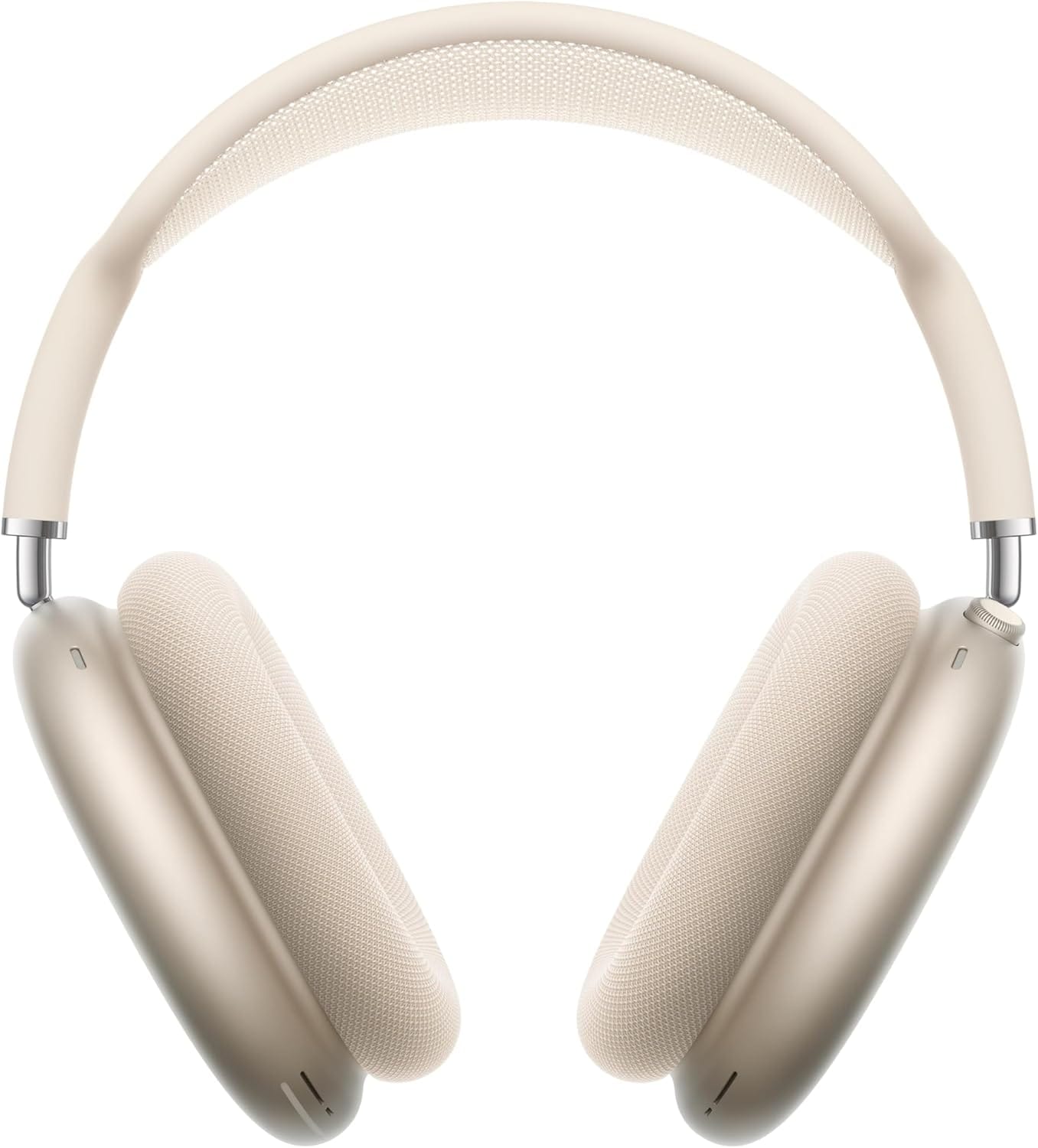
Pro-Level Active Noise Cancellation
- Transparency Mode
- Personalized Spatial Audio
- USB-C Charging
- Bluetooth Headphones for iPhone
- Immersive Audio Experience
Portrait
Now, since the Realme 14 Pro does not have an ultra-wide cam, we are doing the portrait test instead. The OnePlus Nord 4 provides the best edge detection using the primary camera (along with the Realme 14 Pro). If you focus closely near the subject’s right ear, the POCO X7 Pro had some inconsistencies.
The colour science is similar between the Realme 14 Pro and the OnePlus Nord 4, but the latter is slightly more detailed. I found the POCO X7 Pro’s output the most accurate based on colour science. Its bokeh effect at f/2.2 looks most natural. Built-in edge detection – when your design is tutorial-ized — still isn’t perfect, which can annoy users from time to time.
- Rear Camera Functions:
- Photo, Video, Portrait, Night, PRO, Pano, Movie, SLO-MO,
- Long Exposure, Dual-view video, TIME-LAPSE, Doc Scanner,
- HI-RES, Google Lens, Street, Tilt-Shift, UNDERWATER, Starry Mode
Selfie
Most smartphones take decent selfies — if not the best. The Realme 14 Pro does make the subject’s complexion quite a bit brighter, though not in any negative way. It also retains strong details on the face throughout. But it is not very good with edge detection when it comes to eyeglasses.
The OnePlus Nord 4 also has issues with edge detection around the same area, and its details are a bit washed out. POCO X7 Pro has the most fun with shadows, leading to a grainy selfie. With the front camera, the maximum edge detection inconsistencies were seen.
- The rear supports:
- 4K@30fps, 1080P@60fps/30fps, 720P@60fps/30fps
- EIS/OIS video: 1080P@60fps
- Video zoom: 4K@30fps, 1080P@60fps/30fps, 720P@60fps/30fps
- SLO-MO: 1080P@120fps, 720P@240fps/120fps
- Cinematic: 2400×1028@30fps
- TIME-LAPSE: 1080P@30fps
- Dual-view video: 1080P@30fps
Low-light
Directly comparing night mode enabled images as OnePlus ramps up exposure themselves in low-light environments. The same can be said for the other two smartphones, though it is still a bit easier to turn disabling that feature on those devices.
Night mode, on the other hand, only usually works in low-light conditions, where pretty much all smartphones perform equally well. The Realme 14 Pro also does a little better, with fine details in the image. Next in line is the OnePlus Nord 4. The POCO X7 Pro has similar colour science as its competitors but the details are not the best.
Interestingly, Realme switches to a unique “MagicGlow Triple Flash” in the 14 Pro series as well, tipped to emulate Vivo’s S-magic aura light in the V-series. Users can shift the light temperature from cool to warm, offering additional versatility in dark environments. The results are amazing and provide versatility for various shooting situations.
- Front Camera Functions:
- Photo, Video, Portrait, Night, Panorama,
- TIME-LAPSE,
- Dual-view video
- Front video supports:
- 1080P@30fps (with Retouch on),
- 720P@30fps
AI features
Similar to its predecessor, the Realme 14 Pro uses AI for the object eraser tool and enhancer to enhance overall quality. These are the simplest AI tools one can hope to find on most smartphones in that segment.
The AI-based “Underwater” mode is definitely my favourite feature that lets you take a sharp and clear image while you are in a pool. It might not be the day-to-day thing, but it certainly brings a level of fun to the camera experience overall.
Celluar & Wireless
5G + 5G Dual Mode
SA/NSA Supported
- GSM: 850/900/1800MHz
- WCDMA: Bands 1/5/8
- FDD-LTE: Bands 1/3/5/8/28B(718-748MHz)
- TD-LTE: Bands 40/41(2535-2655MHz)
- 5G SA:n1/n3/n5/n8/n28B/n40/n41(2535-2655MHz)/n77/n78
- 5G NSA:n1/n3/n41(2535-2655MHz)/n78
Actual network and band usage is dependent on local operator deployment.
Wireless
- Wi-Fi 6, Wi-Fi 5, WLAN Display, WLAN tethering
- Support Bluetooth 5.4
- No NFC

Navigation
- Single Band:
- Beidou,
- GPS,
- GLONASS,
- Galileo
Also Read: Samsung Galaxy S25 Ultra Release Date
Size & Weight
- Jaipur Pink: 16.28×7.49×0.76(cm) about 179g
- Pearl White: 16.28×7.49×0.76(cm) about 179g
- Suede Grey: 16.28×7.49×0.78(cm) about 181.5g
Data provided by Realme Lab. Due to different measurement methods, the actual data may have a reasonable tolerance range.

Audio
- Dual Speakers
- Dual-mic Noise Cancellation
Buttons & Ports
- 2 Nano SIM Card Slots
- Type-C Port
- Power Button
- Volume Buttons
Realme 14 Pro Sensors
- Proximity sensor,
- light sensor,
- color temperature sensor,
- geomagnetic sensor,
- acceleration sensor,
- gyroscope sensor,
- optical fingerprint under screen

Realme 14 Pro System
- Realme UI 6.0
- Based on Android 15
Packing List
- 1 Phone,
- 1 USB data cable,
- 1 Charger,
- 1 SIM Ejector Tool,
- 1 Protective Case,
- 1 Quick Guide
Final verdict
Starting starting Rs 24999 and at that price, the Realme 14 Pro is a good device judging by looks, display, battery and performance. Its main camera is one of the best in the segment, but there’s no ultra-wide camera on the phone, which will certainly matter (and annoy) many customers.
The new POCO X7 smartphones are better for graphics and battery management if you’re in the market for gaming-focused smartphones. More punchy bass and clearer vocals definitely something Realme should consider in speakers.
Other than that the Realme 14 Pro is ideal for the looks conscious user in search of a reliable high performance rugged smartphone.
Reasons to buy:
- The Realme 14 Pro features an elegant and slim design.
- It is also much more durable, thanks to IP68 and IP69 ratings.
- The screen manages punchy colours even at high brightness.
- The phone packs a 6,000mAh battery that offers a decent backup.
Reasons to not buy:
- It omits the ultra-wide camera.
- Several apps come pre-installed with it.

